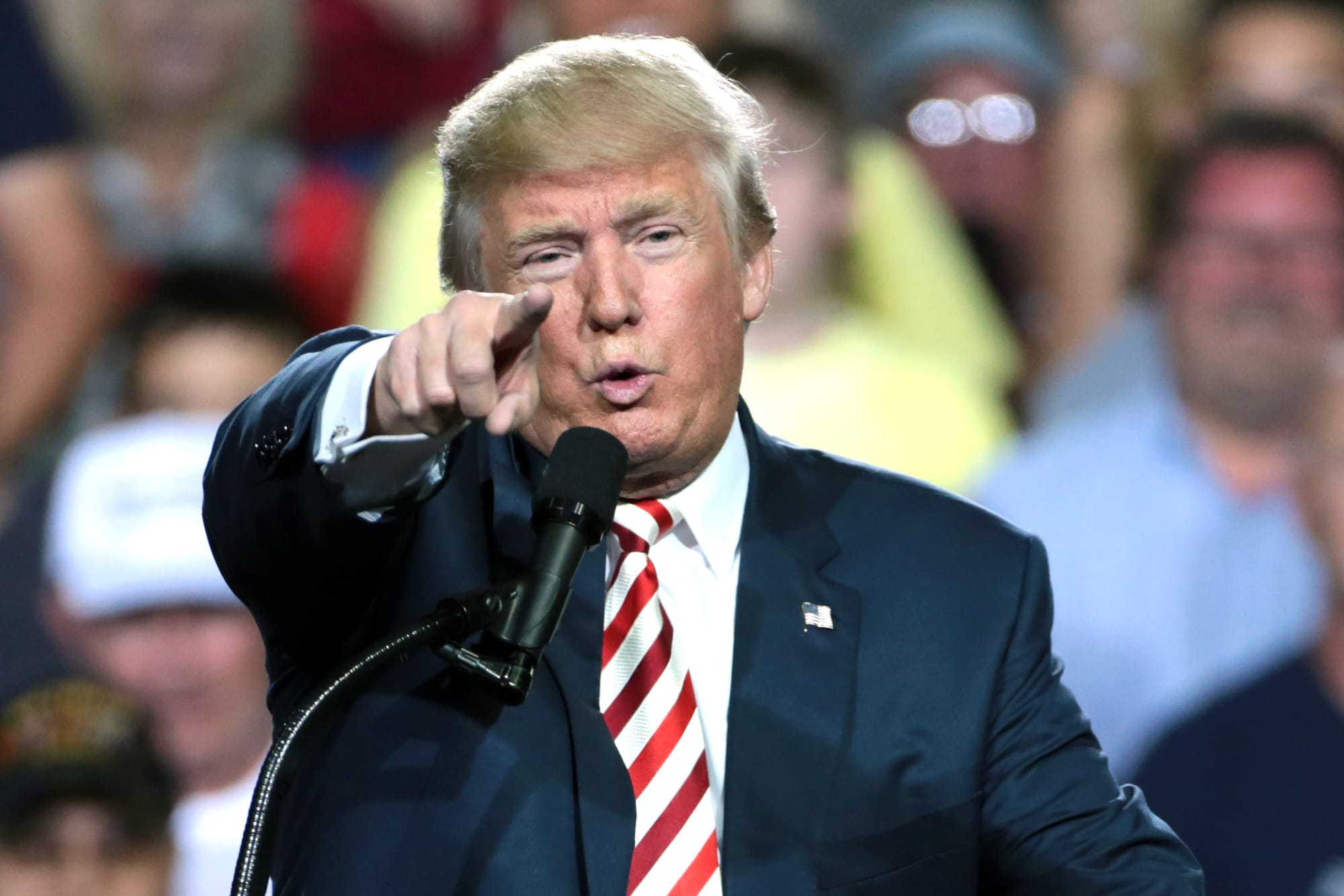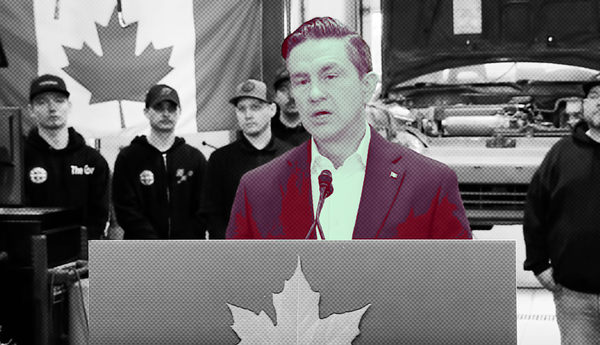Canadians have been clear: they don’t want their country to be absorbed by the United States. As Prime Minister Justin Trudeau told CNN last week, one of the main things Canadians are proud of is not being American.
Other points of pride — and difference — include our public programs, specifically universal health care, which Canadians consistently tell pollsters they feel pride in.
The topic of Canadian identity is suddenly extremely relevant, with newly inaugurated U.S. President Donald Trump threatening to use “economic force” to annex Canada.
Whether he’s trolling or serious, his own government’s staff can’t seem to say for sure: one senator’s aide told a journalist of Trump’s threats to take over Canada, the Panama Canal and Greenland: “I am not taking it seriously. But I guess we’ll see what happens.”
Trump’s message is that integration with other countries through free trade and organizations like the North Atlantic Treaty Organization (NATO) is ripping off Americans.
In fact, the very tools Trump is threatening to dismantle are the same ones the United States has used for decades to influence and dominate other countries. The result in Canada is an economy and institutions that look more like our southern neighbour’s than Canadians may like to think.
Increasing Inequality
When the Canada-U.S. Free Trade Agreement (FTA) was first being debated in the 1980s, opposition politicians warned that it would turn Canada into a client state or a colony of the U.S.
It’s true that the two economies are now incredibly integrated, said Stuart Trew, senior researcher and director of the Canadian Centre for Policy Alternatives’ Trade and Investment Research Project.
But that’s not only because of free trade. The U.S. was always an attractive market for Canadian goods because of its low barriers and proximity, he told The Maple.
However, Trew said, the FTA and its newer versions, like the North American Free Trade Agreement (NAFTA) and the Canada-United States-Mexico Agreement (CUSMA), had impacts far beyond trade.
Most parts of those agreements, he said, aren’t about trade but instead restrict how countries can regulate their own economies, limit the kinds of public services countries can establish, encourage privatization of services and take away countries’ abilities to restrict investment.
While the Canadian government says NAFTA made domestic businesses more attractive to foreign investors, what actually happened was that more American companies took over Canadian firms using money from Canadian banks.
One of free trade’s other results was the “decline and fall of Canada Post,” Trew said. Under FTA, NAFTA and CUSMA, Canada is not allowed to subsidize parcel delivery or it risks being sued by American couriers.
“Canada Post could have been a formidable competitor to these American companies but we signed away our right to do that … basically forcing Canada Post to behave like a private company.”
Canada’s free trade agreements also include rules around patents which make it hard to introduce generic alternatives to prescription drugs, keeping medicines expensive, Trew pointed out.
“These are a legacy of the free trade period too,” he said of the period from the late 1980s until today.
Free trade agreements have also made Canada’s vast natural resources vulnerable to U.S. corporations.
In the late 1990s, one American company signalled its intent to sue Canada for $10.5 billion US because it wasn’t allowed to export fresh water from British Columbia, though a claim was never actually filed.
CUSMA, which came into effect in 2020, included some improvements to protect Canada’s water, but our water services are still at risk of being privatized under the agreement.
Canada became a more unequal society in the free trade period. Studies have found that real incomes dropped and stable, full-time jobs disappeared while precarious and part-time jobs were created.
Overall, Trew said that international trade rules were designed by the U.S. to benefit its own corporations.
NATO Pressures Canada
Another way the U.S. has influenced Canada is through NATO. The alliance’s own leaders have explicitly said the organization works to create markets for American defence companies.
One of the ways it can do so is by mandating military spending targets. Currently, NATO members are supposed to spend two per cent of their GDPs on defence.
This past spring, American politicians put intense pressure on Canada to reach this target. Rachel Small, an anti-war activist in Toronto, told The Maple that it was “laughable” that NATO should dictate how the Canadian government spends its budget.
But the pressure is working. Since 2014, Canada has increased its military spending from $18.5 billion to $34 billion. The federal government is on track to pour tens of billions of additional dollars into defence in the coming years, while business lobbyists continue to push for even more.

While Trump toys with the idea of pulling the U.S. out of NATO altogether, another possibility is that he’ll dramatically increase the spending target. His team has reportedly told European officials he will more than double the target to five per cent of GDP.
This would put pressure on Canada to massively increase its military spending even more, leaving billions of dollars less for other programs.
This would be against the wishes of Canadians. While increased military spending here is enjoying an upswing of public support, a majority still do not agree with the idea that the military should be funded at the expense of other programs.
Alternatives to U.S. Dependence
Canada is vulnerable to Trump’s threats today not only because of trade but because of our governments’ attitudes toward the U.S., Trew said.
“There was an orientation within the government since Mulroney through Chrétien through Martin through Harper of priority number one being closer Canada-U.S. ties in order to maintain an open border for Canadian goods and services and investment,” he said.
“We signalled our dependence.”
There are alternatives, he said, but they would require Canadian politicians not to cave in to Trump’s threats.
Canada could build up its national economy by focusing on connections across Canada, finding alternative markets for Canadian goods and expanding the welfare state, Trew said. On the world stage, the U.S.-led model could be replaced with one in which countries coordinate on climate change and address developing country debt instead of on defence.
“The alternative is a world where people come first and not where the interests of large corporations come first,” Trew said.
Editor's note, Jan. 21, 2025, 1:20pm EST: An earlier version of this article incorrectly suggested that NAFTA was debated during the 1980s. In fact, it was an earlier trade agreement, the Canada-U.S. Free Trade Agreement, that was debated at that time. The story has been corrected.
Emma Paling is a journalist and writer in Toronto. Her award-winning reporting has been published widely by CBC News, The Breach, HuffPost and Vice.







